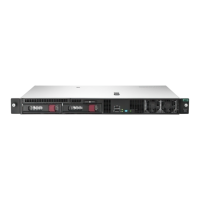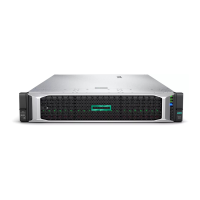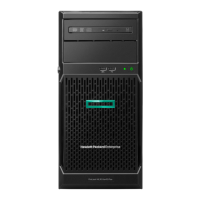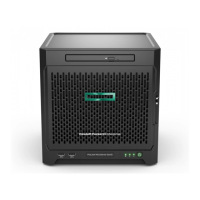Core boostingCore boosting
Core boosting technology uses a relaxed and optimized turbo profile that adapts the processor to specific use cases, configurations, and
environments. Core boosting processors take advantage of extra server power and thermal headroom provided by an innovative HPE
voltage regulator design and by cooling technologies. Consequently, systems that have core boosting processors can alleviate common
setbacks and maximize processor computing power.
For example, a processor can have a number of cores and a base frequency at which the cores operate. Processors may also have a
turbo mode that operates processor cores at a faster frequency than the base frequency. The turbo mode may use thermal and power
capacity headroom opportunistically to operate processor cores at an increased frequency. Turbo mode can increase processor
performance while maintaining the same TDP (Thermal Design Power) level.
Some processors are preconfigured with a TDP and a maximum power level. To maintain these parameters safely, the predefined
settings are typically fused and locked into the processor. These settings ensure that the processor operates within its standard
electrical, thermal, and power design specifications. A turbo profile for a processor is bounded by these constraints using fixed
frequency registers and core-to-frequency ratio registers. The power limits can be fused to the TDP level. To maintain the specified TDP
level, the CPU turbo frequencies are dictated by the number of active cores that were fused in core-to-frequency ratio register. The
turbo frequency profile scales from all cores active to a single core active. Accordingly, the turbo frequency increases as the number of
active cores being utilized by lower workload demands or by core parking or disabling technologies.
These fused frequency registers and core-to-frequency ratio registers cap the processor computing capacity at certain levels. On a
general-purpose computing processor, however, you can set the turbo profile more conservatively to cover various workloads or a
worst-case thermal condition. In other words, the turbo mode might have a one-size-fits-all profile that does not consider the specific
configuration or environment in which the processor operates. Accordingly, the processor might not be tuned to use its full operating
potential.

